Ok this is totally not a Junction post other than the fact that it is faster to get to this area if the city by transit than by car.
From High Park Station it is a mere 40 mins.



Image © Stefano Cerio
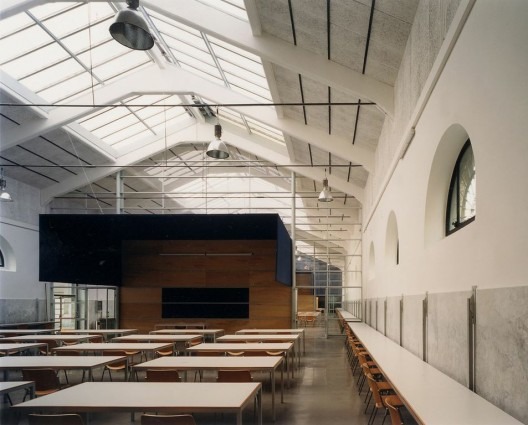
All text from the archdaily.com
The ex slaughterhouse was built between 1880 and 1890
Considered one of the best examples of industrial archaeology in Rome of 19th century civil engineering, in the seventies it was dismissed, going since then under different refurbishments for new temporary uses. Nowadays the property of the area is shared between the Municipality and the Roma 3 University.
Click here to visit at archdaily.com for the full post and many more images
Junctioneer.ca

It’s ridiculously easy to think about the benefits of historic preservation.
The Atlantic Cities blog has a great post on tax credits for historical preservation of buildings.
Something that could do a lot for the Junction in saving parts of its historic built character.
Well worth reading as a primer on historic preservation.
A new site is up at www.junctionhcd.ca/ in ermine itself with a Junction Heritage District.
You can find this link and many others on the Junctionra.ca site which maintains a large list of local links.
Click here to visit their site.
Location:McMurray Ave,Toronto,Canada

Re-blogged from Wired UK click here to visit and read full article.

The Dutch city of Nijmegen has collaborated with more than 20 architecture practices to offer its residents the chance to choose from a range of high-quality flat-pack designs for their first home.
Architects, town planners and homeowners have long had to balance the cost of a building with the quality of its design. “Affordable” housing has a reputation for being poor quality (see: crumbling 1960s tower blocks) and ugly (see: crumbling 1960s tower blocks), even if that reputation may be an undeserved one. Nijmegen’s “Ik bouw betaalbaar Nijmegen” (“I build affordable in Nijmegen”), or IbbN, scheme offers first-time homebuyers the chance of nabbing a stylish design far better than anything by Barratt Homes.
Each building has a flat-pack design to keep costs within the restricted budget, and they will also be rapidly assembled on site once ready. Beyond giving low-income families and individuals better-quality housing, it also gives local architects work.
The scheme is modelled on the self-build success of another Dutch city Almere, where hundreds of new homes have been built since 2006 by individuals given free reign to do with plots of land as they wish.
Pls remember to uses www.junctioneer.ca to visit this blog.
Urban cities currently are devoid of a large part of what CAN make the future city better for us now and future generations.
This book is an interesting and valuable read, and suggests a highly viable agriculture/ urban reality.
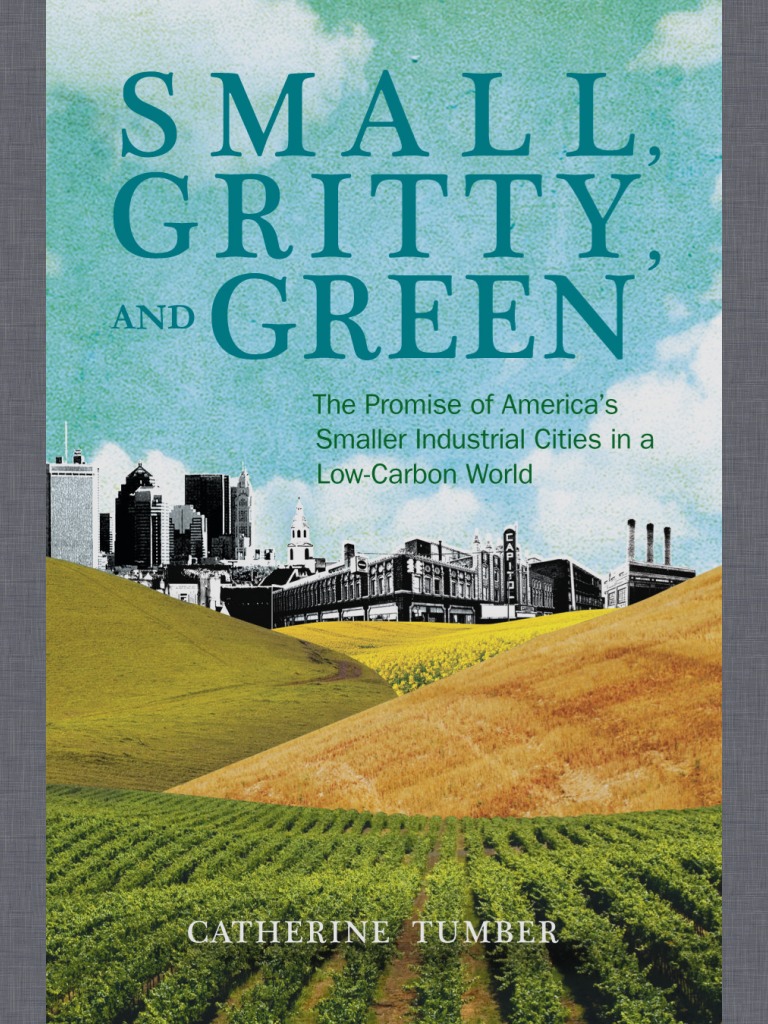
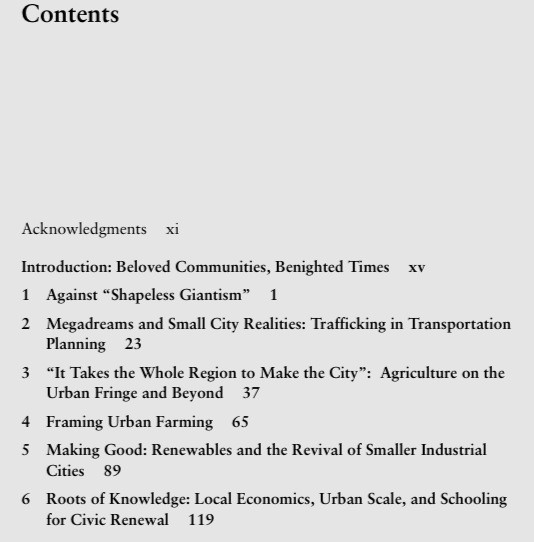
Audio podcast – click here to listen (about 14 mins) if are not considering buying and reading the book, do yourself a favor and listen to this podcast. If you are considering buying the book the podcast is a great start. Scroll to bottom of page for audio link.
Info from the books MIT site.
From Urban and Industrial Environments
Small, Gritty, And Green
The Promise of America’s Smaller Industrial Cities in a Low-Carbon World
By Catherine
Overview
America’s once-vibrant small-to-midsize cities–Syracuse, Worcester, Akron, Flint, Rockford, and others–increasingly resemble urban wastelands. Gutted by deindustrialization, outsourcing, and middle-class flight, disproportionately devastated by metro freeway systems that laid waste to the urban fabric and displaced the working poor, and struggling with pockets of poverty reminiscent of postcolonial squalor, small industrial cities–as a class–have become invisible to a public distracted by the Wall Street (big city) versus Main Street (small town) matchup. These cities would seem to be part of America’s past, not its future. And yet, journalist and historian Catherine Tumber argues in this provocative book, America’s gritty Rust Belt cities could play a central role in a greener, low-carbon, relocalized future.
As we wean ourselves from fossil fuels and realize the environmental costs of suburban sprawl, we will see that small cities offer many assets for sustainable living not shared by their big city or small town counterparts: population density (and the capacity for more); fertile, nearby farmland available for local agriculture, windmills, and solar farms; and manufacturing infrastructure and workforce skill that can be repurposed for the production of renewable-energy technology.
Tumber, who has spent much of her life in Rust Belt cities, traveled to twenty-five cities in the Northeast and Midwest–from Buffalo to Peoria to Detroit to Rochester–interviewing planners, city officials, and activists, and weaving their stories into this exploration of small-scale urbanism. Smaller cities can be a critical part of a sustainable future and a productive green economy. Small, Gritty, and Green will help us develop the moral and political imagination we need to realize this.
About the Author
Historian and journalist Catherine Tumber is a Visiting Scholar at Northeastern University’s School of Public Policy and Urban Affairs, a Fellow of the Massachusetts Institute for a New Commonwealth’s Gateway Cities Innovation Institute, and a former Research Affiliate with the MIT Department of Urban Studies and Planning’s Community Innovators Lab.
Reviews
“[Tumber’s] excellent new book finds potential in many busted and booming-again cities.” Scott Carlson, Urbanite
“Small, Gritty, and Green is indeed an eye-opener, and it’s exciting, after reading so many recent books about the virtues of great cities, to learn about the creative, environmentally sustainable development projects happening in less celebrated towns…[H]er argument is provocative and serious, and everyone searching for a more sustainable urban future should consider it.” Eric Klinenberg, Bookforum
“Recommended for anyone interested in city planning or studying the socioeconomic challenges of the Midwest and Northeast regions.” Library Journal
“Plucking ideas from 25 small cities in the US Rust Belt, Tumber outlines a plausible route to a ‘repurposed’ future.” Nature
“Small, Gritty, and Green offers inspiration and hope for older manufacturing cities that have been written off by the rest of the country as casualties of globalization…[T]heir best years may be yet to come.” Patrick Piuma, Wilson Quarterly
“[Tumber’s] distaste for municipal defeatism and community apathy in these cities spurs a short, energetic text which argues for their role as critical to the future economic success of the US, particularly in relation to the emerging green economy.” New Start magazine, Tom Stannard
“Catherine Tumber’s hopeful new book, Small, Gritty, and Green: The Promise of America’s Smaller Industrial Cities in a Low-Carbon World, should be required reading for every community conversation about the future of Rust Belt cities.” Bruce Fisher, Artvoice
“Tumber sends the message to local officials and activists that these small cities still possess the resources and talent, as well as certain advantages, necessary to carve out a future in a viciously competitive global economy.” Journal of the American Planning Association
“Catherine Tumber’s hopeful new book, Small, Gritty, and Green: The Promise of America’s Smaller Industrial Cities in a Low-Carbon World, should be required reading for every community conversation about the future of Rust Belt cities.”Bruce Fisher, Artvoice
Pls remember to uses www.junctioneer.ca to visit this blog.
The Vermont Square park at 819 Palmerston Ave has a great long bench seat that runs along the play equipment.
This park always has so much community inspired design and community built element, which greatly contribute to the park being the communities centre.


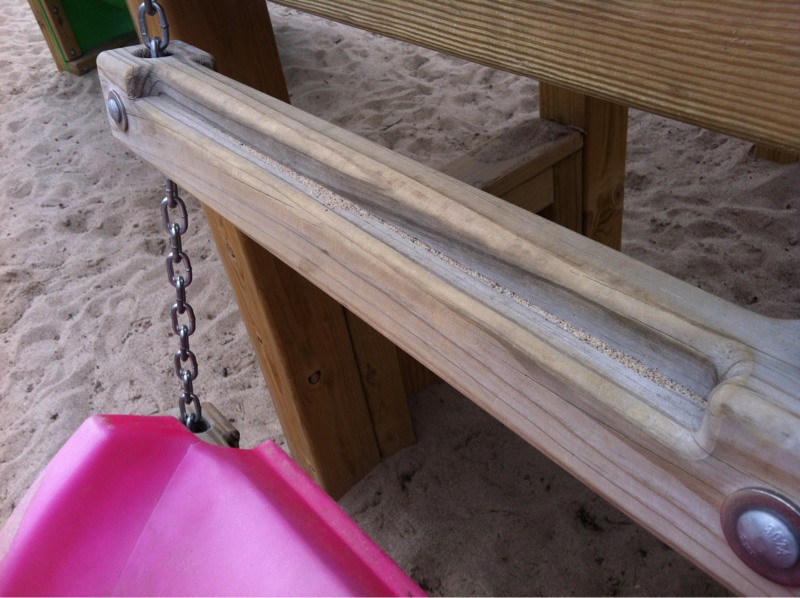
Detail of the climbing structure.


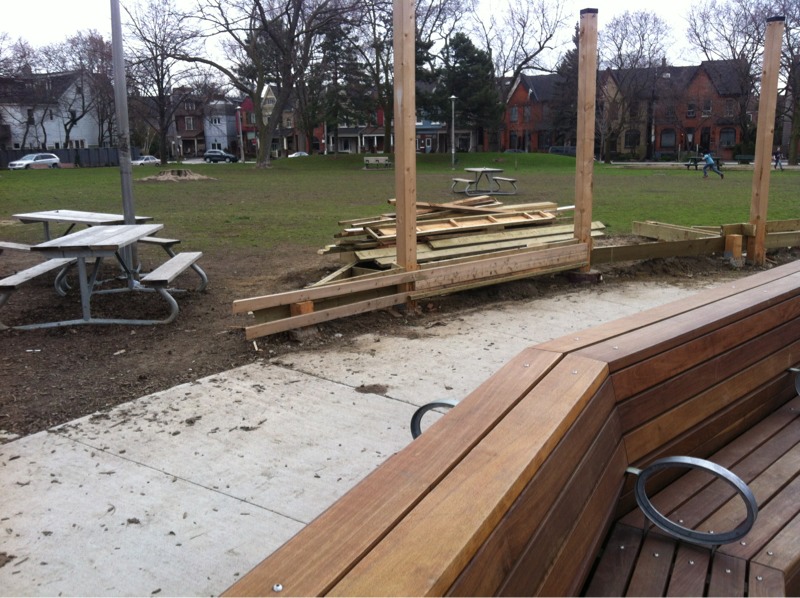
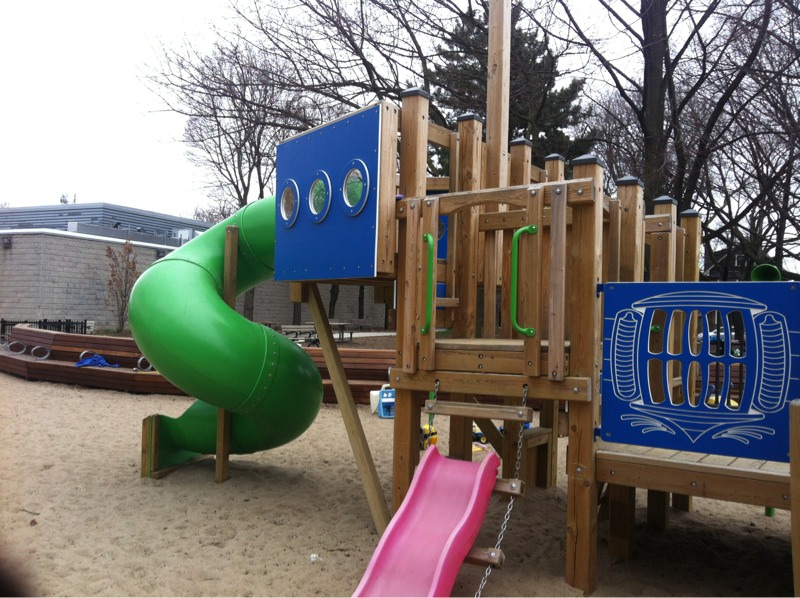
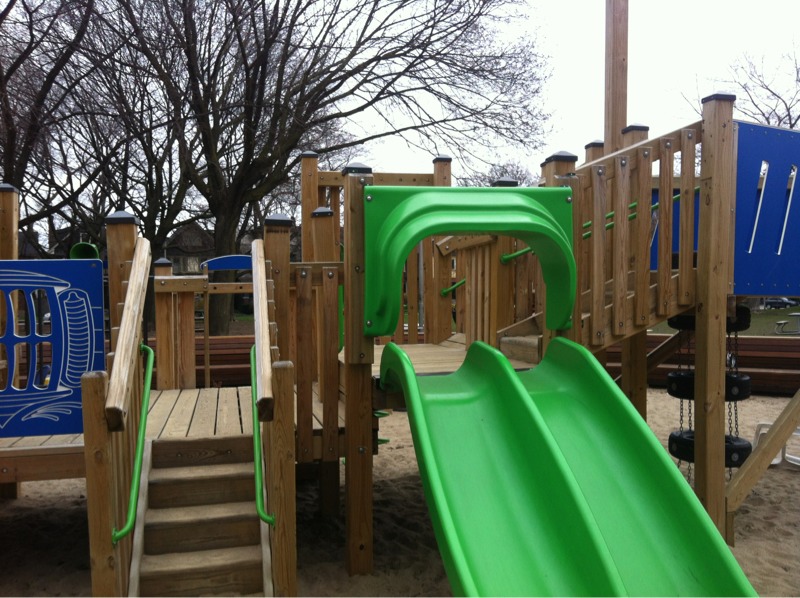
Hakim Optical has vacated the building at the north east corner of Pacific Ave and Dundas St W..
Now it is reported person who operates the The Beet restaurant will be opening a restaurant in the space previously held by Hakim Optical.
text from the group,
We’re excited to let you know with that Project Neutral and Windfall Ecology Centre have joined forces to create a community-wide climate protection initiative called: Getting to 80!
Getting to 80! is about developing ways to engage and efficiently retrofit entire communities in order to achieve Toronto’s GHG emission reduction target of 80 percent by 2050. The idea is to galvanize stakeholders around offerings for electricity and natural gas savings, renewable energy and water conservation opportunities. The first phase of this program offers residents in Riverdale/Ward 30 and the Junction/Ward 13* with incentives of up to $2000 per household when making energy saving upgrades to their homes. *Residents must have a postal code that starts with M4K, M4J, M4M, M5A, M6P and M6S. Visit www.gettingto80.ca for more information.

And its not an unusual occurrence…
At the last Etobicoke York Community Council meeting item EY23.52 Enactment of By-laws Community Council Decision General Bills on April 9, 2013 23 bills related to general items were introduced for decision, there were a few others for withdrawn bills and the usual methods of governing bills. But the 23 that were dealing with actual bylaws creationall of the bylaws related to car usage. and rather simple car usage – parking, speeds and traffic. No better roads or better road uses or designs, were bylaw-ed into use.
Many green groups view intensive road creation and use as an environmentally harmful and least socially economically justifiable public space use. From walking avenues, railpaths and playing fields and parks in our city, all are affronted and made much less accessible by the rights of cars. The current place cars and their ownership hold and assumed rights associated with car ownership are having a heavy impact on the Greater Junction Area.
New roads – improved roads make them very poor value investments. They are hugely costly to build and support. should not the road money be spent instead on good maintenance of existing roads and research to study if we can do away with some that are here now. , more and greater public transport, making it easier to use about buses and trains, that is better riding guides safer redesign roads for walking and cycling and technology to use the roads more efficiently, we are seeing real improvements in congestion at a fraction of the cost,” said Berry.
recap
23 Enactment of By-laws issues
comprised of
12 are for parking issues
1 respecting maximum rates of speed
10 with respect to Traffic
To erect and display two illuminated static copy projecting signs at the northerly elevation of the building in conjunction with an existing cycling goods store operating on the premises. **KYMCO** **Studio Cycle Group**
Studio Cycle Group is distributor of Kwang Yang Motor Company Ltd. the the largest manufacturer in Taiwan of scooters.
Paris-based designer Juri Zaech takes personalization trend into a whole new level by introducing his collection of typographic bikes. Unfortunately, it’s only in concept stage now, but there are rumours that Juri is already working on a real prototype of his “Write a Bike” concept.
Recent Comments